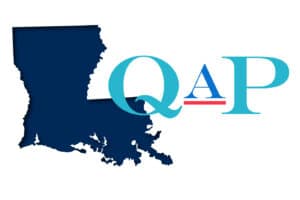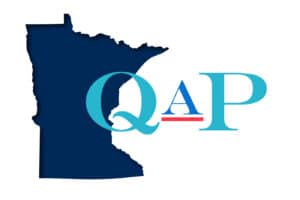The California Tax Credit Allocation Committee will hold 4 public hearings from October 4-7 to discuss changes to the QAP. Some of the QAP Changes include:
- To address the significant over-allocation of state credits, create a second supplemental set-aside in an amount to be set by the Executive Director annually. Section 10315. Page 2.
- To address the over-allocation of state credits, prohibit awards of state credits to additional 9% projects after the allocation amount is reached but consider all remaining projects eligible for state credits as DDA projects. Section 10317(c). Page 7.
- To address the over-allocation of state credits, require special needs projects seeking state credits in addition to the 30% DDA basis boost to maximize basis except as specified. Section 10317(d). Page 8.
- For 2018 and beyond staff proposes to alter how rental assistance is valued for purposes of both point scoring and the tiebreaker. Section 10325(c)(1)(C). Page 23.
- Eliminate the ability for applicants with projects exceeding the high cost test to petition the committee for special consideration. Section 10325(d). Page 39.
- Prohibit new construction, large-family, competitive tax credit projects in areas of low-opportunity unless the project is part of a concerted community revitalization program involving the local government and significant investment outside of the project. Section 10325(g)(1)(J). Page 49.
- Require a 9% resyndication project to provide a similar level of services as to what was required under the previous regulatory agreement and allow waivers under specified circumstances. Section 10325(i)(11)(A). Page 52.
- Require resyndication applicants to demonstrate in their capital needs assessment that the project has a rehabilitation need of $20,000 per unit within the next seven years. Section 10326(g)(7). Page 54.
- Require a 4% resyndication project to provide a similar level of services as to what was required under the previous regulatory agreement and allow waivers under specified circumstances. Section 10326(g)(8). Page 55.
- For 9% new construction projects only, increase the maximum base developer fee in cost to $2.2 million and then adjust the maximum developer fee limit to reflect a project’s cost efficiency using the same test employed for the high-cost threshold. Section 10327(c)(2). Page 57.
- Provide a 10% threshold basis limit increase for projects in high-opportunity areas, as defined. Section 10327(c)(5)(F). Page 63.
- After TCAC has awarded all state credits available for 9% projects, designate the remaining 9% applications seeking state credits as DDA projects. Section 10327(d)(3). Page 68.
Meetings are as follows:
October 4, 2016
12:30PM
Elihu M. Harris Building
1515 Clay Street, Auditorium
Oakland, CA 94612
October 5, 2016
12:30 P.M.
San Diego Housing Commission
1122 Broadway, Conference Room 426
San Diego, CA 92101
October 6, 2016
9:30AM
Ronald Regan State Building
300 South Spring Street, Auditorium
Los Angeles, CA 90013
October 7, 2016
Employment Development Department
722 Capitol Mall, Auditorium
Sacramento, CA 95814


